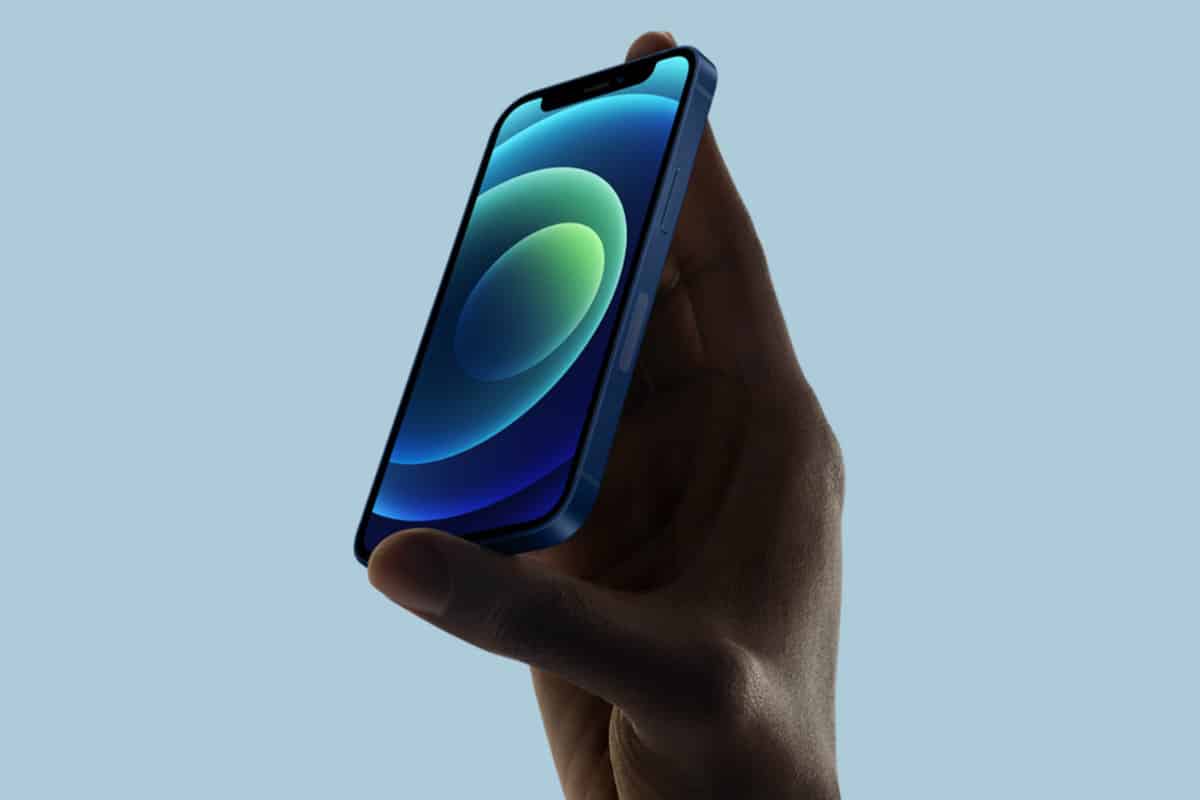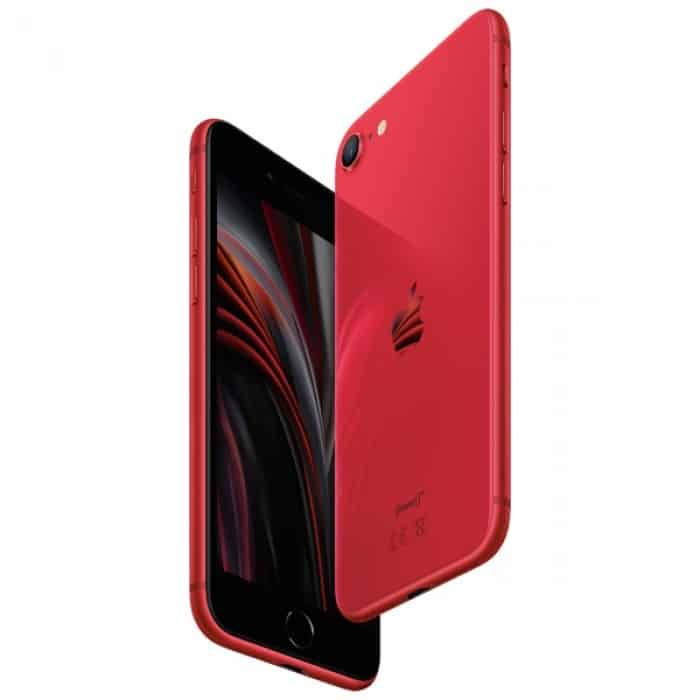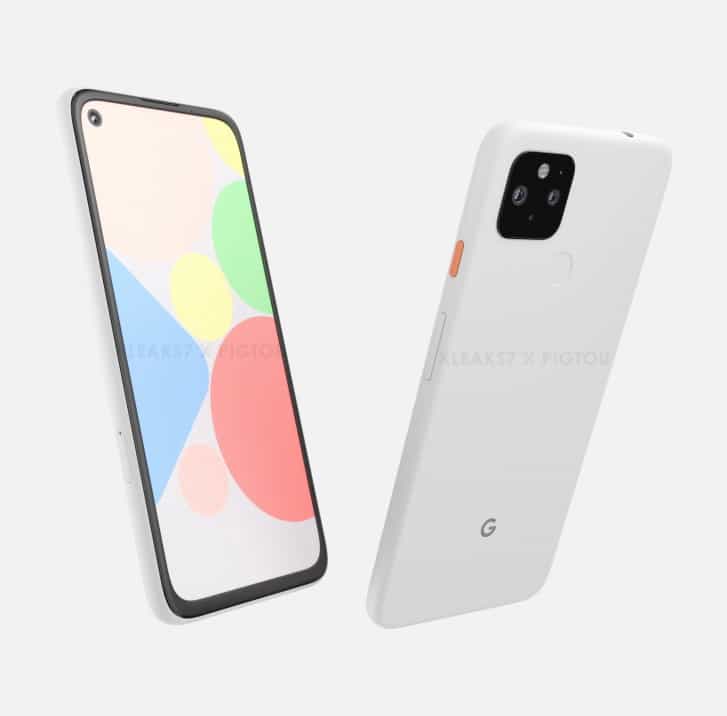Purchasing a mobile phone for a child can be very difficult because parents always try to find that balance between pricing and trends, while not forgetting the kid’s gaming needs as well. To help you with this dilemma, see our list of 5 Best Phones For Kids:
1. Apple iPhone 12 Mini:

This iOS device might be quite expensive right now, but that special kid is definitely worth it. It has to be the best overall mobile device for a child today, especially if it’s a teenager we are talking about.
Must Read: 10 Best Android Apps For College Students
The phone comes with a 5.4-inch display, and it guarantees a long lifespan. It is 5G ready as well and it possesses some of the best cameras around.
2. Samsung Galaxy A21s:

This amazing mobile phone comes with a big 6.5-inch, which is useful for viewing clips and playing casual games.
Must Read: Positive And Negative Effects Of Mobile Phones On Students
Its camera system also includes wide-angle and macro cameras for snapping really creative photos. When it comes to battery life, this device lasts for eleven straight hours of YouTube playback on just one charge.
3. Apple iPhone SE (2020):

This fantastic device from Apple delivers with its 4.7-inch screen and cameras that can capture brilliant selfies and videos. It comes with the kind of raw power that can rival some flagship phones and teenagers will fancy its ease of use. This device even supports specific wireless game controllers, like the Xbox Wireless Controller and the PlayStation DualShock 4.
4. OnePlus Nord:

Still on the topic of best phones for kids. The best feature to look out for in this device is its amazing 6.44-inch AMOLED display with 90Hz refresh rate. This high refresh rate guarantees smooth-looking games and videos for a better mobile experience.
Must Read: 7 Best Time Management Apps For Students
It is a quick performer that runs the latest mobile games too, despite its very affordable price. The only problem here is that its speaker can do better and it does not come with a headphone jack.
5. Google Pixel 4a:

Any child who receives this phone as a gift will be grateful for life. The device provides amazing camera performance that can rival most flagship phones, and this makes it a great option for children that love selfies from time to time.
The phone possesses a dope 5.8-inch OLED screen and a speedy Snapdragon 730G processor that will help with heavier games.
There you have it – a comprehensive list of 5 of the best phones for kids. If you have any personal favorite or other recommendations, feel free to drop them in the comment section below.
More Information About A Smartphone:
Smartphones are a class of mobile phones and of multi-purpose mobile computing devices. They are distinguished from feature phones by their stronger hardware capabilities and extensive mobile operating systems,
which facilitate wider software, internet (including web browsing over mobile broadband), and multimedia functionality (including music, video, cameras, and gaming), alongside core phone functions such as voice calls and text messaging.
Smartphones typically contain a number of metal–oxide–semiconductor (MOS) integrated circuit (IC) chips, include various sensors that can be leveraged by their software (such as a magnetometer, proximity sensors, barometer, gyroscope, or accelerometer), and support wireless communications protocols (such as Bluetooth, Wi-Fi, or satellite navigation).
In the early 2010s, larger smartphones with screen sizes of at least 5.5 inches diagonal, dubbed “phablets”, began to achieve popularity, with the 2011 Samsung Galaxy Note series gaining notably wide adoption. In 2013, Huawei launched the Huawei Mate series, sporting a 6.1-inch HD (1280×720) IPS+ LCD display, which was considered to be quite large at the time.
In 2019, the majority of smartphones released have more than one camera, are waterproof with IP67 and IP68 ratings, and unlock using facial recognition or fingerprint scanners.
One of the main characteristics of smartphones is the screen. Depending on the device’s design, the screen fills most or nearly all of the space on a device’s front surface. Many smartphone displays have an aspect ratio of 16:9, but taller aspect ratios became more common in 2017.



